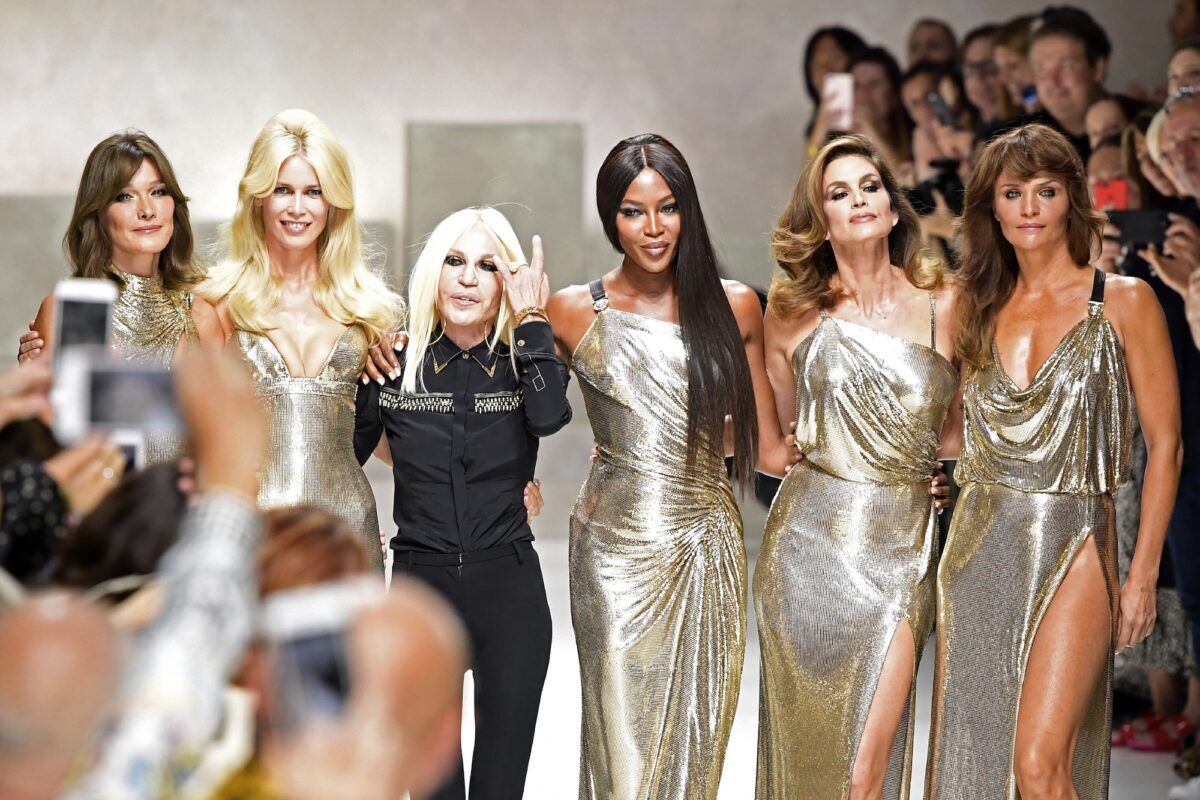Art, over the past couple of millennia, has been the primary medium through which humans have expressed themselves and their context. With the passing of time, styles have changed: from cave drawings to non-figurative abstractions—art has continued to span and showcase different innovations in material and technique. Viewing architecture through the lens of art reflects the human expression on the earth’s tierra pura, the undisturbed landscapes on which we have expressed our worldly needs of shelter and workspace, and our ideals of governance, trade, and religion.
Numerous architects throughout the past half century have modernized what we understand architecture to be: Frank Lloyd Wright and his usurpation of the traditional meanings of a home, Ludwig Mies van der Rohe whose linear planes redefined “thinking outside the box”, and Zaha Hadid and Frank Gehry whose surrealist shapes make unabashed statements in the landscapes they stand on.
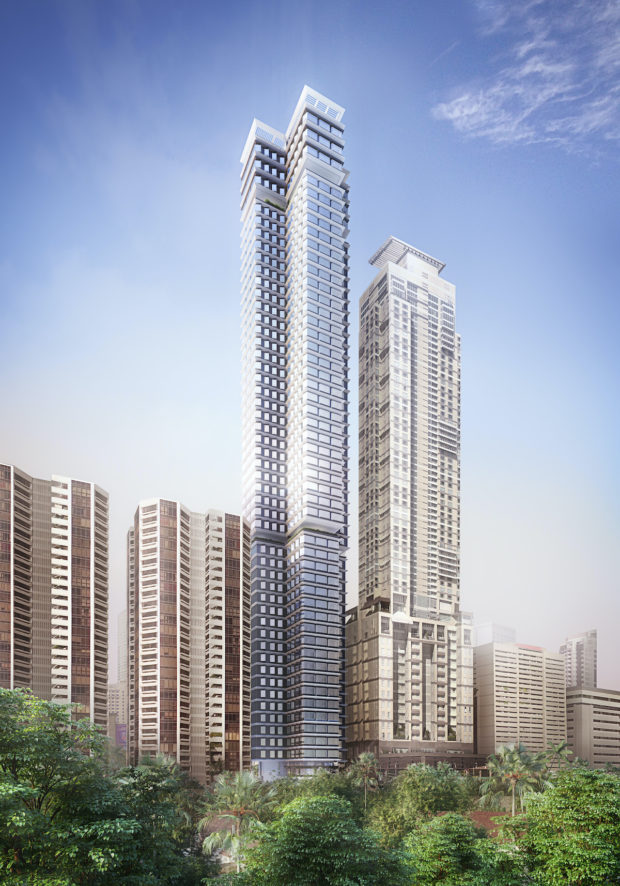
Someone whose vision has redefined skylines through almost 400 developments around the world is Pritzker Prize-winning architect, Norman Foster. He and his firm, the internationally-lauded Foster + Partners, understand architecture does not exist in a vacuum: it is meant to be used and to be of use, not only to its inhabitants but to those that surround it. They are responsible for many of the inimitable shapes that inhabit global skylines: The Gherkin in London, the Apple Park in Cupertino, and the Hong Kong International Airport. But as David Nelson, the firm’s Head of Design, explains, the fantastical shapes their developments take are not designed to simply draw out adoration from those who encounter them. “It’s not an arbitrary line. It’s in the shape that it is to allow us to control air movement and wind. We discovered a long while ago that changing the section of a building or the elevation of a building actually can reduce the amount of steel they use or concrete to hold it up. All of that is built into the nature of that shape.”
Their commitments to the environment-at-large and the people who will make use of their developments are something common in all of their developments, as are the unique shapes. “The underlying drive, if you like, is to make things better for people. Those disciplines do other things as well, but, the motive is to actually use design to enable people to live better lives and to get more out of everything. It’s a goal that can, quite often, be lost in design and style. It really is about trying to do things for people. It’s trying to understand the human condition: the cultural differences around the world, a climatic situation that people are in,” Nelson mentions.
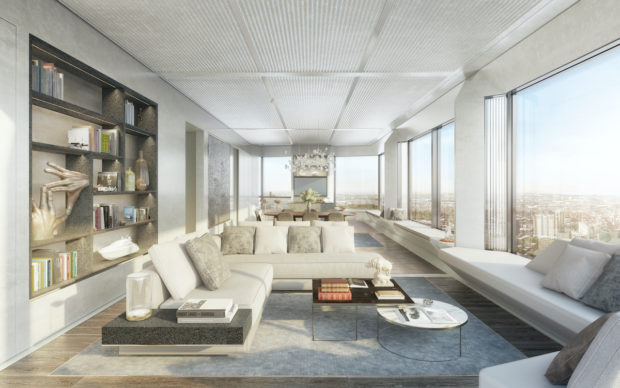
Democratization of Architecture
Foster + Partners went for a poetic renovation of Germany’s 19th century Reichstag which was modernized through the addition of a domed glass roof. Featuring a viewing deck open to the public, the firm wanted to not only give visitors a breathtaking look at Berlin, but also the ability to look down into the chambers of parliament. “I was against the historic cupola, which was about the Kaiser,” Foster says. “I was for a democratic move, putting the people above the politicians.”
In addition to this, Foster turned the former “energy-guzzler, into a building so efficient it is now a net provider of energy.” Natural light from the glass dome seeping into the building lowered the dependency on electric lights. Biofuel generators stored underground made the historic building run on recycled energy, reducing carbon emissions by 94%.
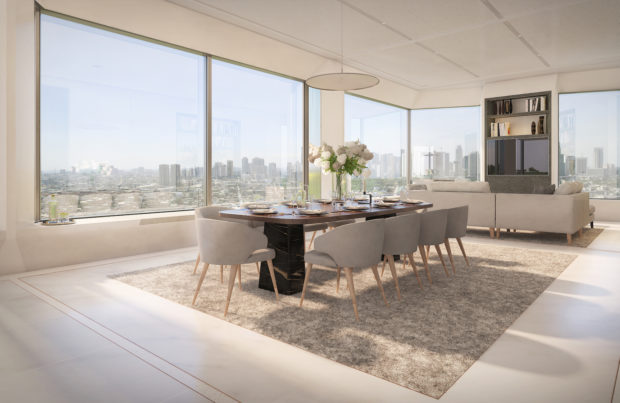
Landmark Creations
While the numerous accolades might cement Foster + Partners’ place in the pantheon of architecture greats, they remain level-headed when designing their next development. “There’s a word called iconic we don’t particularly like here in the office, because it tends to imply something that can just be a shape for the sake of it. And I think if a building does become truly iconic, it has to operate on many different levels – It has to be participant in the life of the city and has to obviously work very well for its use and intentions,” Nelson mentions.
It is in the firm’s ethos to disrupt global skylines through sustainable architecture without sacrificing beautiful form. Nelson continues, “One of the things we are trying to do all over the world is actually be much more responsive to climate and try and explain to people quite often what their climate is like and what the benefits and things are if you can work in harmony with that.”
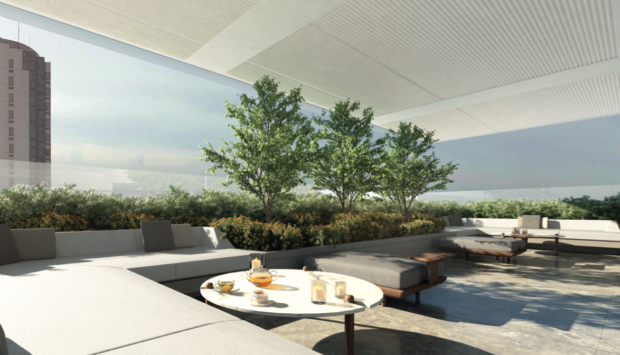
Redesigning the Makati Skyline
The newest addition to Norman Foster’s long resume of accomplishments is The Estate Makati, a luxury high rise built on Apartment Ridge’s last parcel of land. Set to raise the standard of residential developments in posh Makati, The Estate Makati is a clear example of what Foster + Partners values are: sustainable, participant, and set to stand the test of time.
As with any development of the award-winning British firm, sustainability is at the heart of The Estate Makati with many passive design techniques built into the structure. It features a self-cleaning facade, lessening the need for washing and maintenance, as well as a cruciform shape to give optimized views of the Ayala Avenue and Urdaneta skylines.
Homes are built column less with double-slab technology which gives residents an undisturbed space and the option to change their units as often as they see fit, without disrupting the neighbors and the structural integrity of the building. Another interesting feature Foster + Partners built into every unit is the idea of the inhabitable facade: a ledge built right on the window which can be used as a viewpoint, or extra storage space. The glass flanks the inhabitable facade are double glazed and angled, designed to maximize natural light while diffusing the heat that comes with it. With 30 percent of the property devoted to green spaces, homeowners are assured that even in the middle of a city, they are still able to escape to relaxing spots surrounded by various plants and trees such as in the sky garden.
In the passage of time, needs may change; which is why it was so important for The Estate Makati units to have the ultimate flexibility to accommodate that. The building and the layout of the units were configured in such a way that two or more adjacent units can be easily combined to create larger homes for growing families. Other luxury comforts The Estate Makati will provide its residents is a wine cellar where they can store and enjoy their special bottles with friends, a fully equipped fitness center, a swimming pool, meeting rooms, a business center, and 24-hr concierge service. Charging provisions for 200 electric vehicles have also been built into the parking structure.
The Estate Makati is a forward-looking development, with passive design elements and unique construction techniques that keep the building low-maintenance but high-functioning—creating a space which combines form and function.
For more information on The Estate Makati, visit www.theestatemakati.com, or email contact@theestatemakati.com.
ADVT











